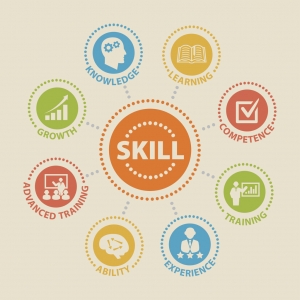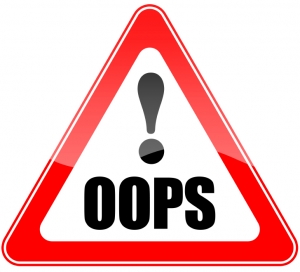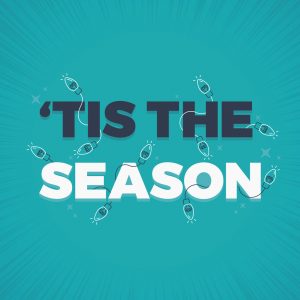Join our online community and be inspired to achieve your goals!
VIEW OUR FACEBOOK PAGEIs a functional resume right for you?

Functional resumes can be useful in several situations – primarily where your recent employment history and achievements don’t directly relate to the role(s) you are applying for. It should still include the same kind of information as a traditional-style resume, but the way it’s formatted is different.
A functional resume focuses on your skills and expertise rather than the jobs you’ve held. It allows you to highlight certain elements of past roles, along with your relevant skills and accomplishments, rather than simply listing your experience in reverse-chronological order.
Should you use a functional resume?
We don’t often recommend using a functional resume since it’s not the standard style, and a recruiter might have a harder time making sense of it. However, a functional resume can be useful in some situations. These include when:
- Your recent job history is not at all relevant to the roles you’re applying for.
- You are making a major career change.
- You have developed a vast range of transferrable skills throughout your work history, but no single role demonstrates that effectively.
- You don’t have much work experience.
- There are significant gaps in your work history.
- You have held multiple, short, contract or part-time roles or you’ve frequently changed jobs.
- You’ve gained experience in alternative ways, such as volunteering.
The reason functional resumes work well for these situations is that they highlight your transferrable and relevant skills more effectively.
It’s important to note that although a functional resume might be a better way of presenting your relevant experience, some recruiters believe this format can decrease your chances of securing an interview. Recruiters are notoriously short on time and often receive hundreds of applications for a single role. They will scan your resume for relevant information, and want to get a quick feel for whether or not to pursue you. So if you do go with a functional resume, be sure to follow our tips below.
How to write a functional resume that hits the mark
- Summary: Include a career summary at the beginning that focuses on the value you would bring to the organisation. This should provide a quick overview of you – no longer than two paragraphs with a mix of your professional expertise and success, academic/industry training and any relevant personal attributes.
- Keywords: Include keywords from the job description in your resume. You could use these as your subheadings for key skills (see below).
- Key skills: Identify your key skills/capabilities and group them logically. Use bulleted lists to describe them in more detail. Include job-related skills (this could include technical or computer software), transferrable skills (such as communication, leadership, negotiation), and personal skills (such as pro-activity in the way you work or the ability to collaborate/work as part of a team).
- Key accomplishments: This will help the recruiter/employer identify how your abilities match with the job requirements. List them under your ‘key skills/capabilities’ so that each ‘skill’ includes some accomplishments that demonstrate success. For example:
- Leadership
- Built a high-performing sales-focused team of 20 from scratch – with responsibility for recruitment, training, coaching, mentoring and performance management.
- Initiated a significant change program which improved employee culture, morale and retention (>50% on the previous year).
- Projects: Remember to include any projects – personal or professional – that are relevant to the role you’re applying for. Projects demonstrate your ability to develop and complete complex tasks. Try to use quantifiable measures or statistics to demonstrate outcomes.
- Employment history: You should still list your jobs in reverse chronological order; however, you might do this in a simple bullet list under the heading ‘Employment History’. Include your title, company and tenure.
- Leadership
Functional resumes are great for showcasing your relevant/transferrable skills. They work best when they’re matched to the job you’re applying for, with your key points of difference clearly highlighted. You will need to talk about your employment history during the interview, so think about how you’ll present that. Including a strong cover letter is also a good idea, as it will allow you to expand on the skills and achievements that make you a great candidate.
Whether you think you need a functional or traditional resume, a professional resume writer can help! If you’d like some help with your resume, please see our Resume Writing Services.









